Today, I had a very interesting discussion on Suryanamaskara. A few of my colleagues have been trying to get this right, but were confused about the number of cycles, the time it takes and how to do it right.
So here is a detailed guide:)
The 12 steps of Suryanamaskara
- Pranamasana or Anjali Mudra / Prayer Pose
- Utthana Hasthasana / Upward Salute
- Padahastanasana / Hand To Feet
- Ashva Sanchalanasana / Equestrian Pose
- Phalakasana / Plank Pose
- Ashtanga Namaskra / Salute With Eight Limbs or Knee Chest and Chin
- Bhujangasana / Cobra Pose
- Adho Mukha Svanasana / Downward Facing Dog
- Ashva Sanchalanasana / Equestrian Pose
- Padahastanasana / Hand To Feet
- Utthana Hasthasana / Upward Salute
- Pranamasana or Anjali Mudra / Prayer Pose
1. Pranamasana/ Anjali Mudra
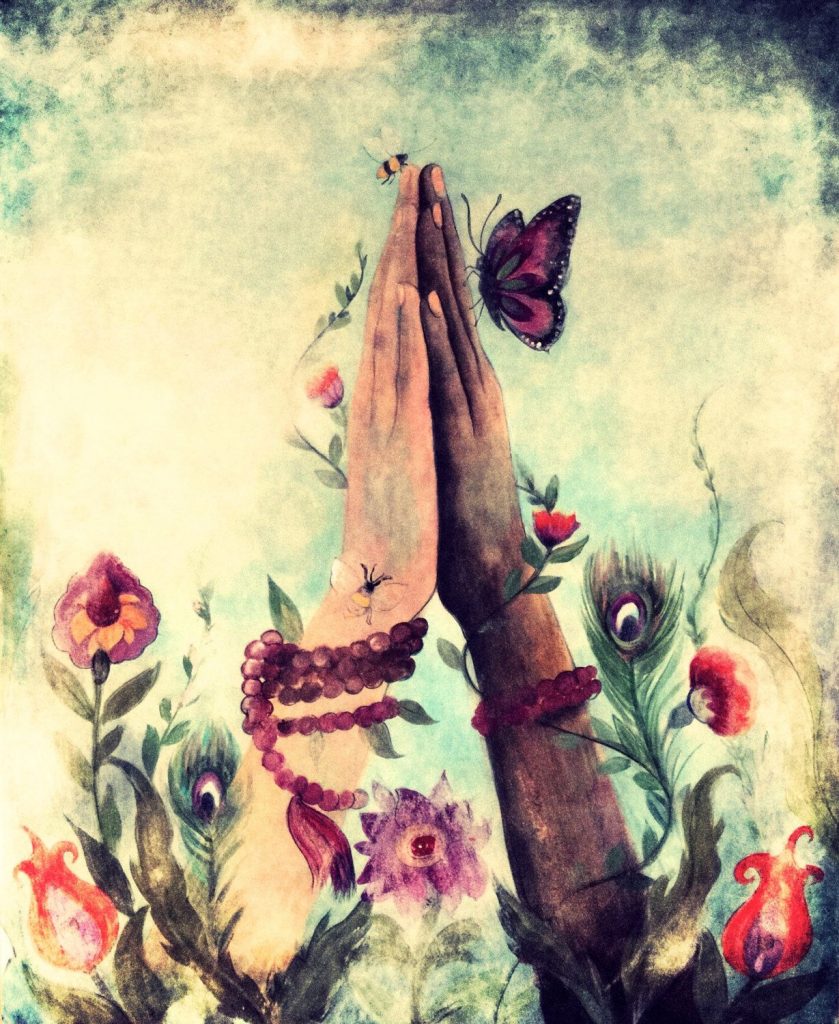
With your feet together or hip width apart, evenly distributing weight on all four corners of your feet, aligning the center of your head to the pelvis, bring your palms together and press them, giving gentle pressure on fingertips and base of your palm. This is essentially Tadasana, with your palms joined in a Namaskara.
Fingers are together and firm with fingertips pointing upward and thumbs slightly touching the heart center / center of the chest.
Relax your neck and shoulders.
This is a simple posture and also the first and last posture in Surya Namaskara.
It helps center the mind and body and helps reduce anxiety and stress.
2. Utthana Hasthasana

Keeping the palms joined in the previous prayer position, breathe in and lift your arms up and bend backwards slightly. Your biceps should lie close to your ears. This posture is to loosen up your body by stretching the entire body backwards, but keep your feet rooted to the ground.
Hands can be adjusted to stay either in Namaskara mudra or shoulder width apart.
Benefits
Therapeutic for asthma
Reduces symptoms of backache, fatigue and mild anxiety
Stretches the shoulders and armpits
Improves digestion
Caution
Avoid raising your arms if suffering from neck or shoulder injury.
Avoid looking up if feeling dizzy.
3. Padahastanasana
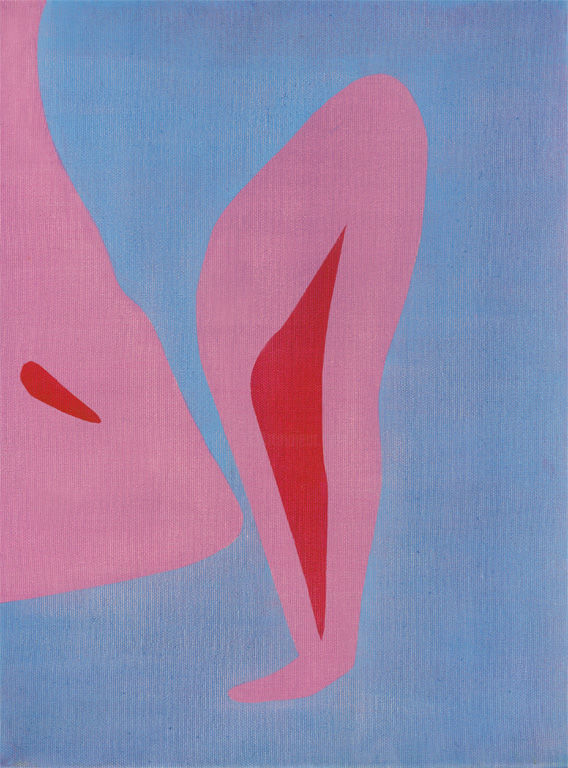
As you exhale, prepare to bend forward by opening your hands wide and dropping them down, next to the feet.
It is okay to keep your knees gently bent.
Keep your neck and shoulder relaxed and see that your spine does not curve.
Press into your heels softly so weight is evenly distributed.
Benefits
Therapeutic for insomnia, osteoporosis
Helps relieve anxiety, stress, headache.
Strengthens thighs and knees
Stretches hips, hamstrings and calves
Helps improve digestion
Helps reduce symptoms of nasal-throat problem
Caution
Lower back pain, neck injuries, high bp, heart problem, ear/eye infection.
4. Ashva Sanchalanasana
From Padahastasana, bend your legs at the knee to place the palms on the mat, in line with your feet.
Breathe in/inhale and take your right leg back to a wide stance. As you do this, your left leg bends at the knee in a 90 degree angle.
The knee and heel of the left leg form a straight line and your right foot is balanced on toes.
Else you can rest your right knee on the mat for support and place right insteps on the floor.
The weight has to be evenly distributed and you should avoid leaning to the front or back.
Benefits
Stretches and strengthens quadriceps and the entire lower body.
Stimulates digestive system and tones kidney and liver.
Builds willpower.
Improves hip flexibility.
Lengthens spine and increases lung capacity,
Caution
Knee and neck injury.
Use modifications such as looking straight and not down and resting back knee on the mat for support.
5. Phalakasana
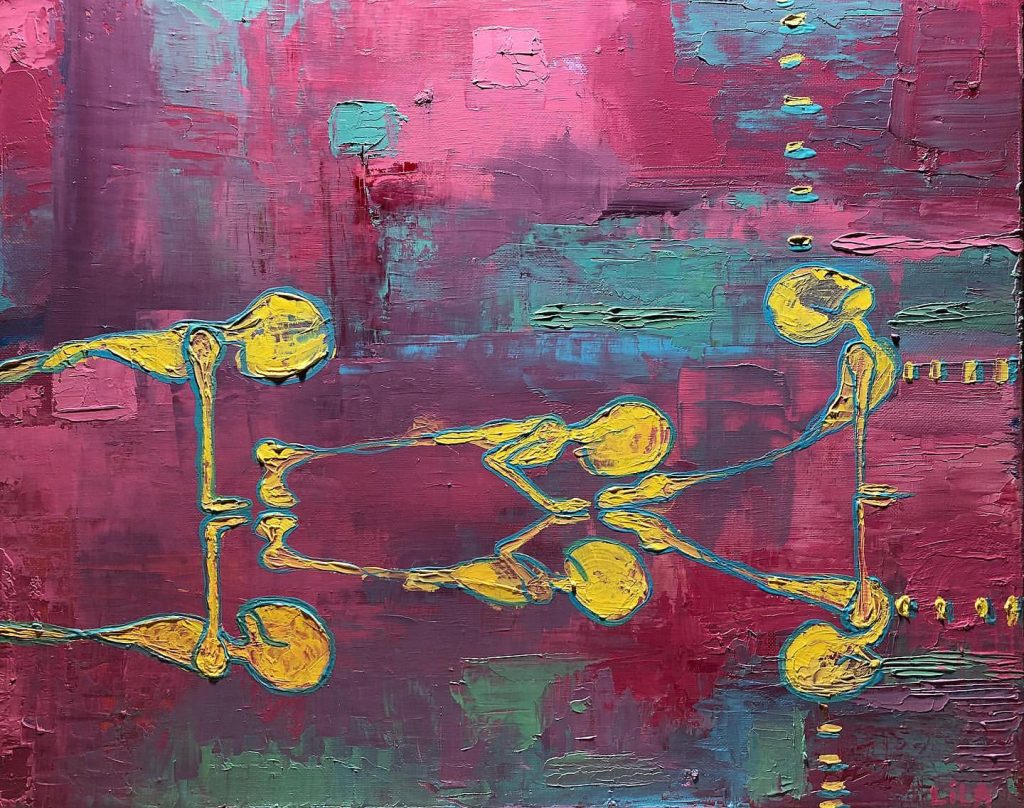
Exhale and step your left leg back to form a plank pose.
See that your shoulders, elbows and wrists are stacked and perpendicular to the floor.
Draw the shoulder blades in towards each other then spread them, widening your collar bones.
Keep the neck relaxed, in line with your spine.
Spread your fingers wide with middle finger facing the front of the mat.
Roll and press your toes into the mat but avoid tightening your knees.
Engage your core and avoid arching by keeping the tailbone tucked in and lengthen it towards the heels.
Benefit
Strengthens arms, wrists and shoulder.
Tones abdomen and builds core strength and endurance.
Caution
Carpal tunnel syndrome, wrist injury or severe low back pain.
6. Ashtanga Namaskra
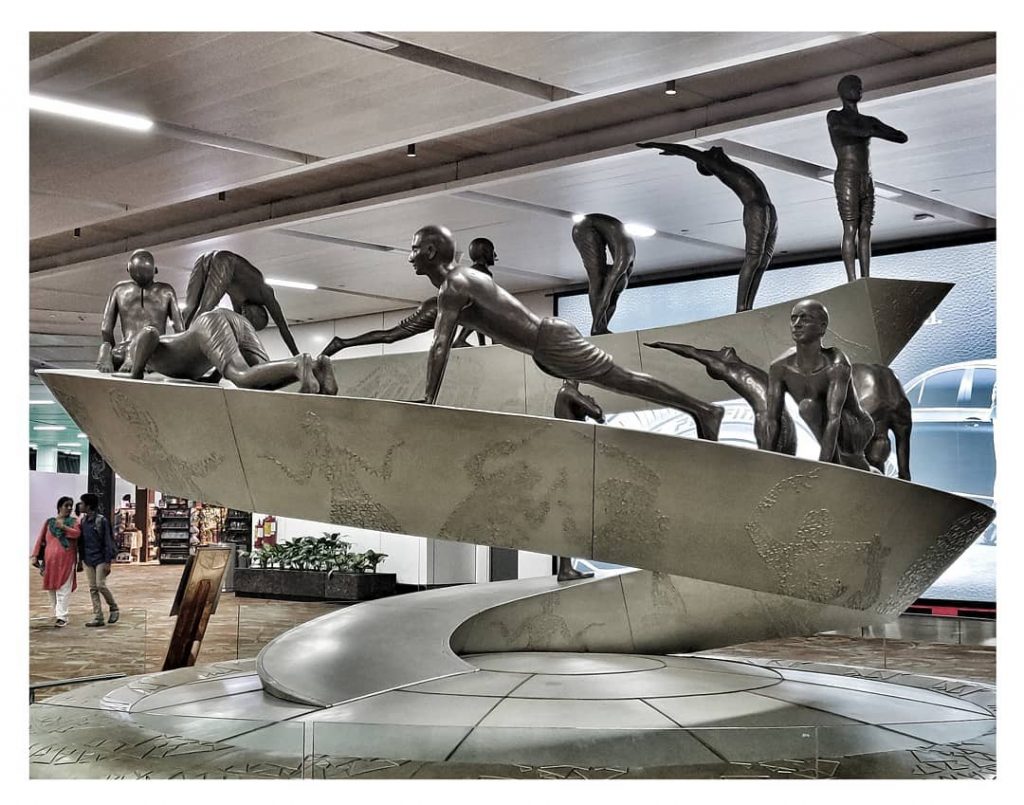
From Phalakasana, drop your chin, chest and knees on the mat at the same time. This is called Ashtanga Namaskara – Ashtanga means eight, and eight limbs touch the floor at the same time, hence the name.
The chest is placed right between the palms.
The elbows are bent, hugging your body and pointing to the ceiling.
The hips stay up/off the mat.
Benefit
Expands the chest and improves flexibility of the back and spine.
Tones and strengthens the arms, shoulders and legs.
Releases tension around neck and shoulder and helps prepare for backbends.
Caution
Spinal or back injuries, buttock pain.
7. Bhujangasana
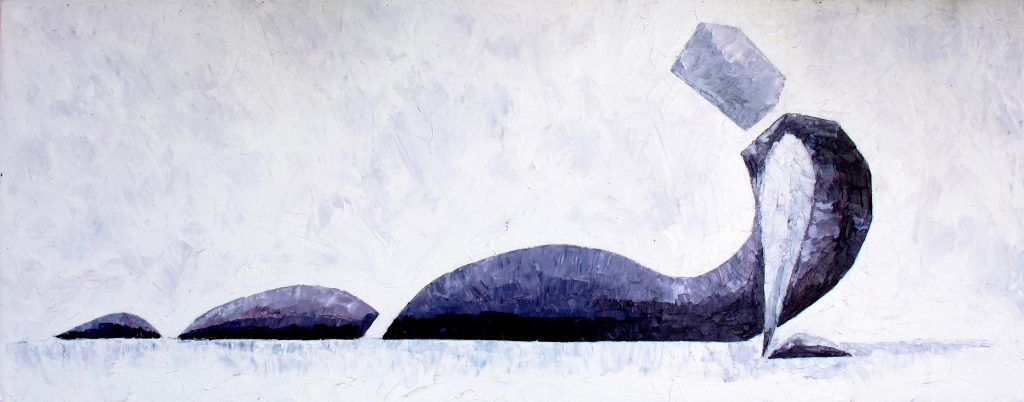
With palms pressed into the mat and elbows gently bent and hugging your body, inhale and lift the chest and head to get into a backbend.
Keep your neck relaxed and roll the shoulders back.
Body below the navel remains pressed down into the mat.
Benefits
Strengthens the entire back and shoulders.
Makes mid and upper back flexible.
Tones abdominal muscles and improves digestive system and blood circulation.
Relieves symptoms of fatigue, menstrual cycle, backache and sciatica.
Therapeutic for asthma.
Expands chest and shoulders.
8. Adho Mukha Svanasana
Exhale and lift the hips up towards the ceiling.
Try and push the heels down towards the mat. Alternatively, you can keep the knees gently bent and heels off the mat.
Slowly drop your head and try and look towards your navel.
The weight should be evenly distributed on hands and feet and neck should be relaxed.
Benefits
Increase height, stretches lower body and strengthens arms, shoulders and back.
Improves blood circulation, calms the nerves and relieves stress
Therapeutic for high bp, asthma, sciatica, sinusitis
Helps relieve symptoms of menopause, back pain and headache.
Caution
Diarrhea, eye or ear infection, wrist injuries.
For high blood pressure or headache – use support for the head.
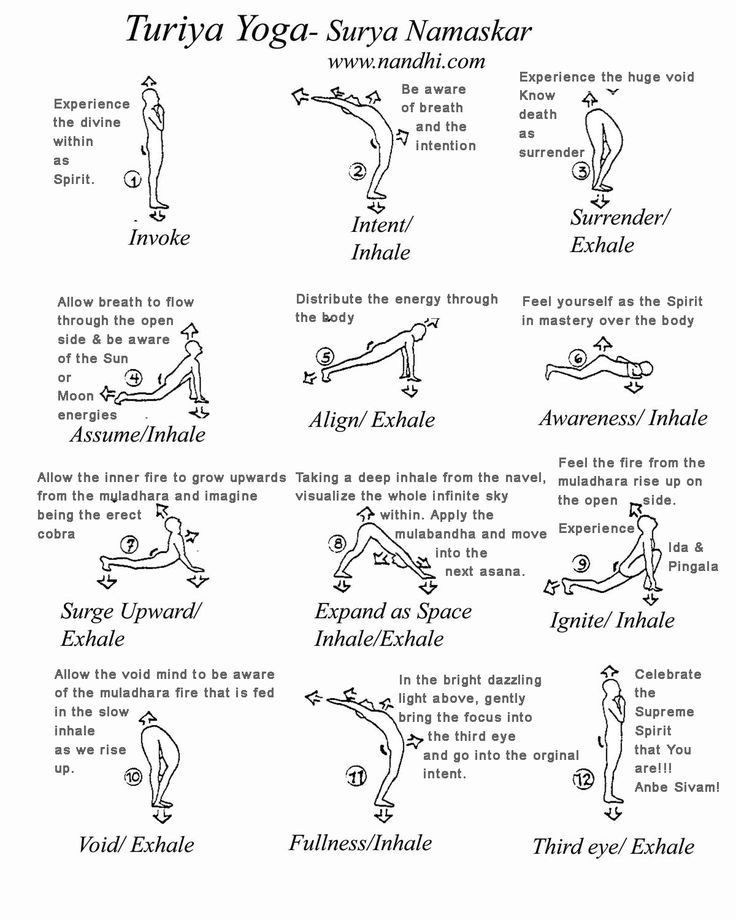
9. Ashva Sanchalanasana
Inhale and bring your right foot forward, in between your palms.
10. Padahastanasana / Utthanasana
Exhale and step your left foot forward in line with your right foot for forward bend.
11. Utthana Hasthasana
Utthana Hasthasana is also the 11th pose in Suryanamaskara.
Steps to follow:
Inhale and lift your body all the way up with your hands stretched in line with your ears.
Push your hips forward and lengthen your spine further by stretching back.
Hands can be adjusted to stay either in Namaskar mudra or shoulder width apart.
12. Pranamasana or Anjali Mudra
Return to Pranamasana. Exhale and bring hands in front of the chest for Namaskar or Anjali mudra. Feet are together or hip width apart, continue to evenly distribute weight on all four corners of your feet.
Align the centre of your head to the pelvis, and give gentle pressure on fingertips and base of your palm.
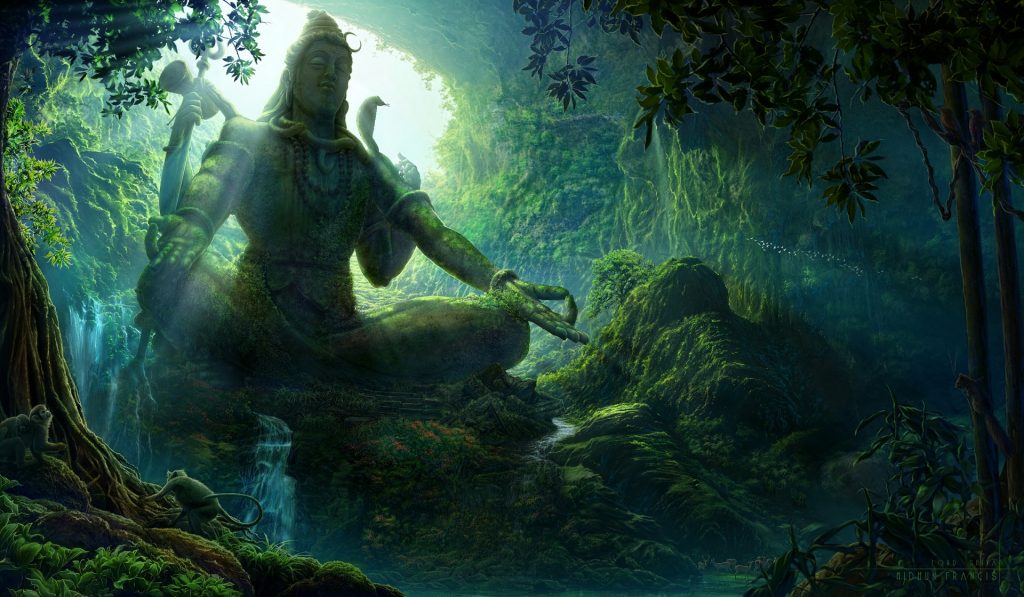
ONE CYCLE IS COMPLETE!
Now repeat the sequence, this time taking your left leg back instead of the right.
